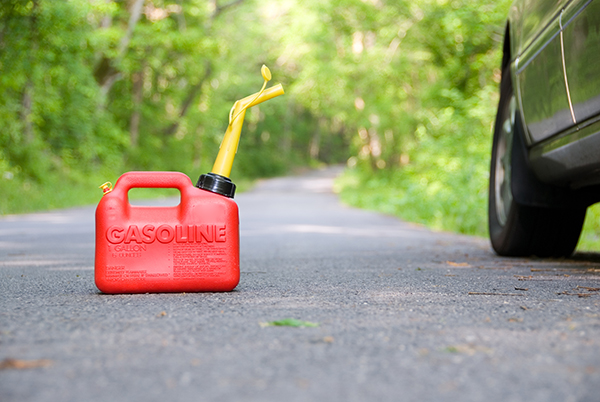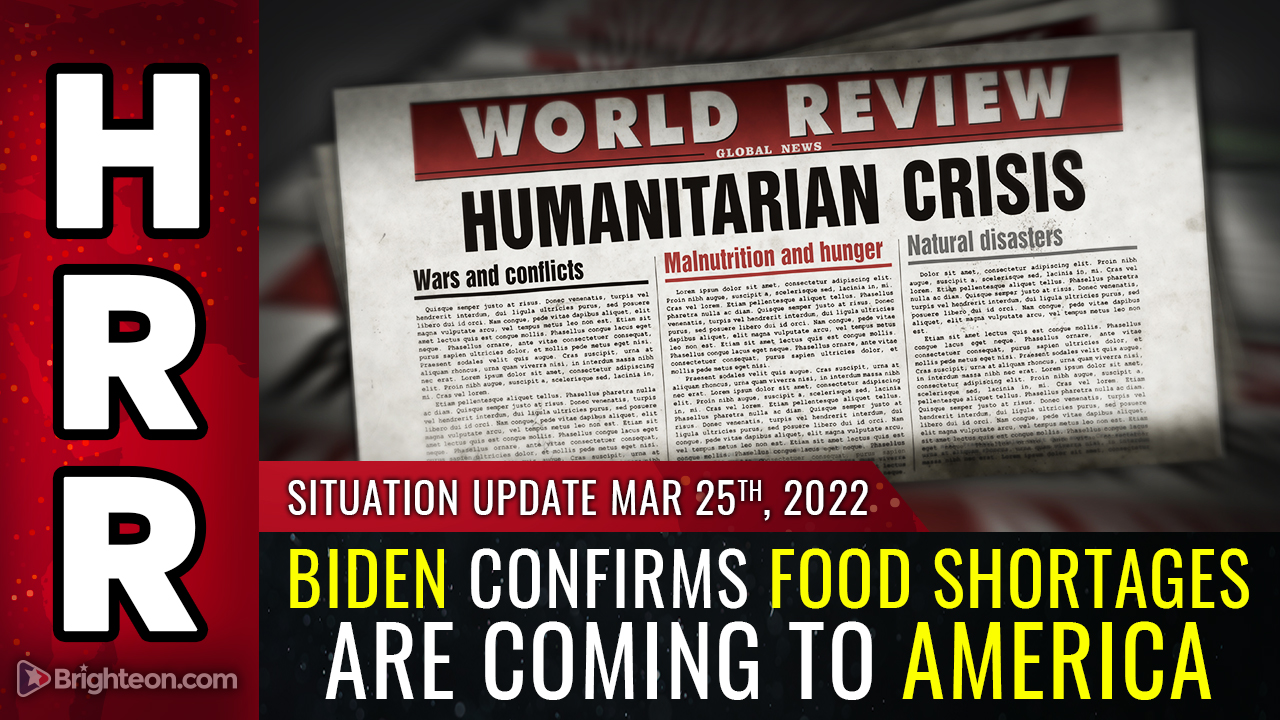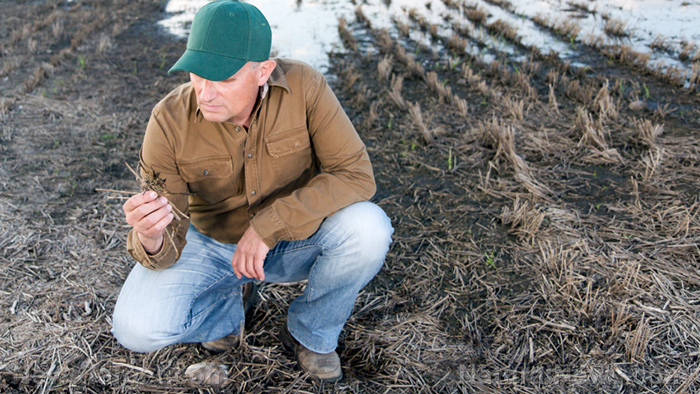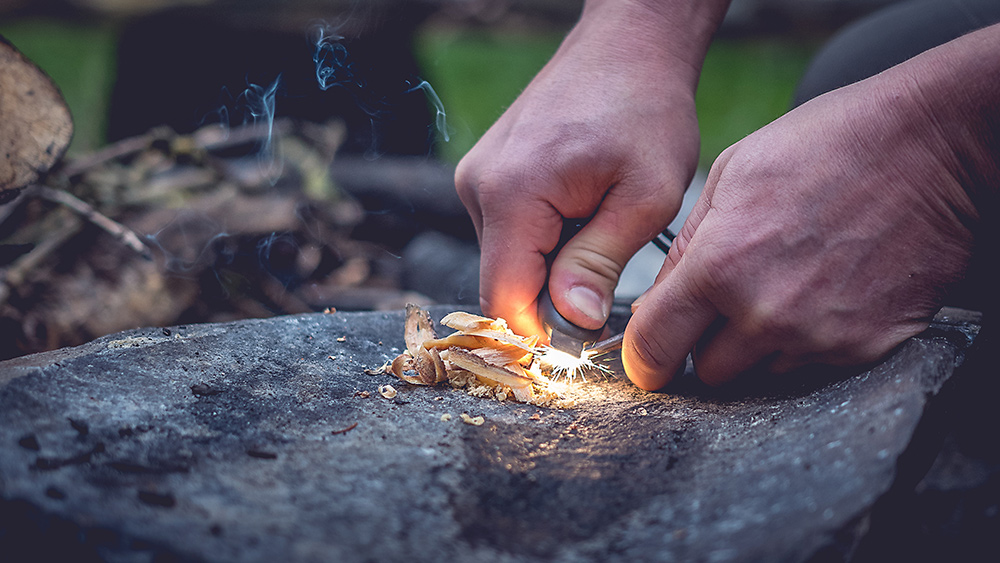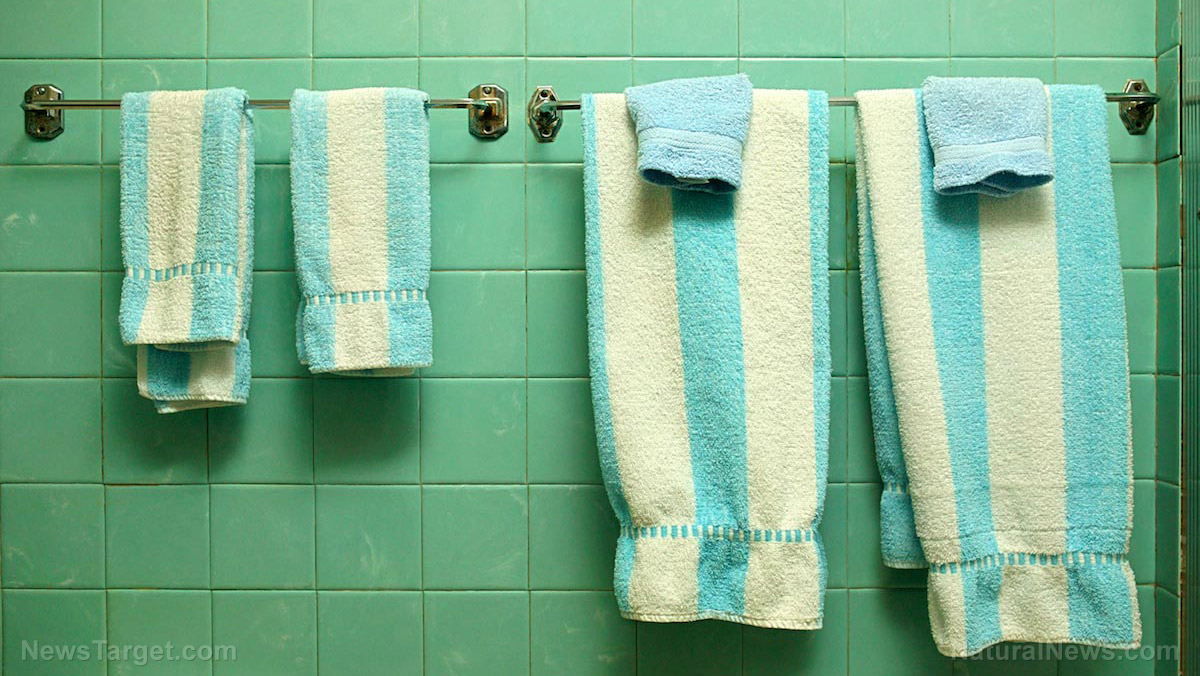13 Useful food storage lessons from World War II
03/31/2022 / By Zoey Sky

There are a lot of lessons to be learned from World War II (WWII), especially for preppers who want to know how to store food supplies before SHTF.
During WWII, people had to survive on war rations, which made it hard to feed a large family, especially if you were on a budget. In America, the government started rationing certain foods, including sugar, coffee, dairy, dried fruits, jams, jellies, lard, meat and oil.
Yet despite the difficult times, people endured and their examples can be used to teach modern preppers a lesson in survival. (h/t to FoodStorageMoms.com)
Here are 13 food storage lessons from WWII that are still useful for modern preppers:
Store what you eat, eat what you store
Store different food items that your family enjoys eating. This helps ensure that when SHTF and you have to bug in at home for weeks or months, you’ll eat up your supplies and food doesn’t spoil in the fridge.
Don’t just store your favorite foods, make sure you also stock up on nutrient-rich foods so you get the nutrition your body needs after SHTF. Stock up on nutritious items like fruits, vegetables, whole grains, fish and lean meat.
Make a meal plan
You can draft a meal plan while you’re doing an inventory of your supplies so you know which ingredients are available for certain dishes. This also ensures that you have enough food to last and that you’re not eating the same thing every day.
While making your food plan, include foods that are high in protein and calories, so can sustain yourself for longer.
Stock up on canned foods
Most cans have labels that say the USDA recommends its shelf life around two to five years, but if you store it right, it can last even longer.
If you’re planning to stock up on canned food, look for case lot sales in your area. During a case lot sale, you can also stock up on food and other supplies like household products.
Start a home garden
During WWII, citizens learned that you can’t always rely on stores and the government for the food and supplies that you need. If you want to provide for your family, be more self-sufficient by starting a home garden.
And if you don’t have a lot of space, you can still start a container garden in an apartment or plant crops in raised beds.
Store food in a cool, dark place
When storing your food, keep your supplies in a cool, dark place to help preserve its quality and extend its shelf life. This is important because food that is stored in higher temperatures or humid environments can spoil much faster.
Food stored in airtight containers and kept in a cool, dry place will last for many months or even years. (Related: Food storage tips: 6 Traditional egg preservation techniques.)
Store food properly
When storing food, you need to keep oxygen and moisture out because these can cause food spoilage.
Store flour in sturdy metal cans or sealed containers with oxygen absorbers to keep insects like weevils out. Beans, pasta and rice also need to be stored in airtight containers. Store dried food in Mylar bags, then keep the bags in sealed containers.
Label food storage containers
Always label food storage containers with the contents and the date the food was packaged to keep track of how long the food has been stored.
You should also rotate your food supply regularly so it doesn’t spoil. Use the oldest food first, then replace it with new supplies after you use it. This helps keep your food storage fresh and prevents food waste.
Store food in several locations
Don’t store all your food in one location. This ensures that when SHTF and your stockpile becomes inaccessible, you can get some food in another location.
Keep the location of your stockpile a secret
If you have a survival stockpile, keep its location a secret. If others know you have food, they may try to take it from you when their supply runs out.
Keep your food in a safe place where it’s hard to locate for those unfamiliar with your home’s layout.
Learn how to go without
During WWII, people went without food for days at a time. If things go from bad to worse, you may need to go without as much food as you’re used to.
If this happens, you’ll be glad you stocked up on non-food items like water, flashlights and batteries so you can still survive for as long as possible.
Stock up on other supplies
When SHTF, you’ll need other supplies aside from food and drinking water.
Set aside space in your stockroom for other essentials like cleaning supplies, pet food and prescription medication. If something happens and you can’t leave your home, you’ll be glad to have extra supplies.
Invest in bartering supplies
During WWII, other items like gas and tires were also rationed.
If you have a large family, stock up on other supplies that you can use to barter with like alcohol, clothes, tools and skills like woodworking or knitting.
Prepare bug-out bags (72-hour kits)
When SHTF, you may need to bug out or evacuate. If this happens, all family members will need a bug-out bag (BOB).
A BOB includes enough food and supplies that will help you survive for 72 hours. Your BOB should include supplies like non-perishable food, drinking water, a flashlight and a basic first aid kit. Prepare a BOB for all family members before SHTF.
Before things go south, stock up on food and supplies so you can feed your family if you need to bug in.
Visit Preparedness.news for more prepping tips.
Watch the video below for some low-cost food storage tips.
This video is from the SHTFPrepping101 channel on Brighteon.com.
More related stories:
5 Food storage lessons from World War II.
Food storage tips: Stock up on foods in gallon buckets.
Food storage tips: Stockpile foods using gallon buckets with lids.
Sources include:
Submit a correction >>
Tagged Under:
disaster, emergency food, food independence, Food storage, food supply, homesteading, how-to, off grid, preparedness, prepper, prepping, SHTF, survival, survival gear, Survival Tips, World War II
This article may contain statements that reflect the opinion of the author
RECENT NEWS & ARTICLES
COPYRIGHT © 2017 DISASTER NEWS





